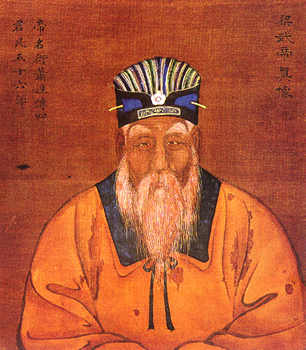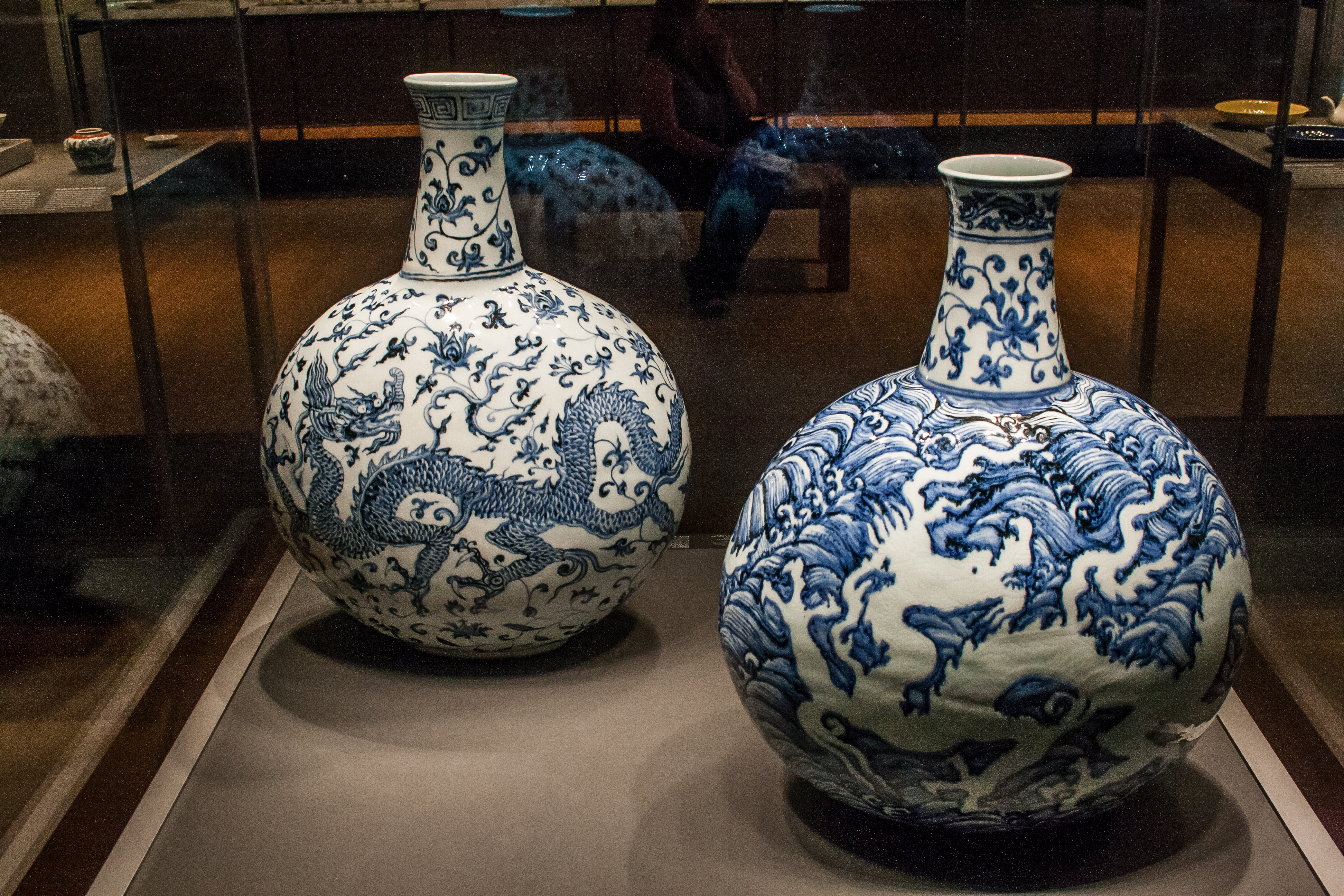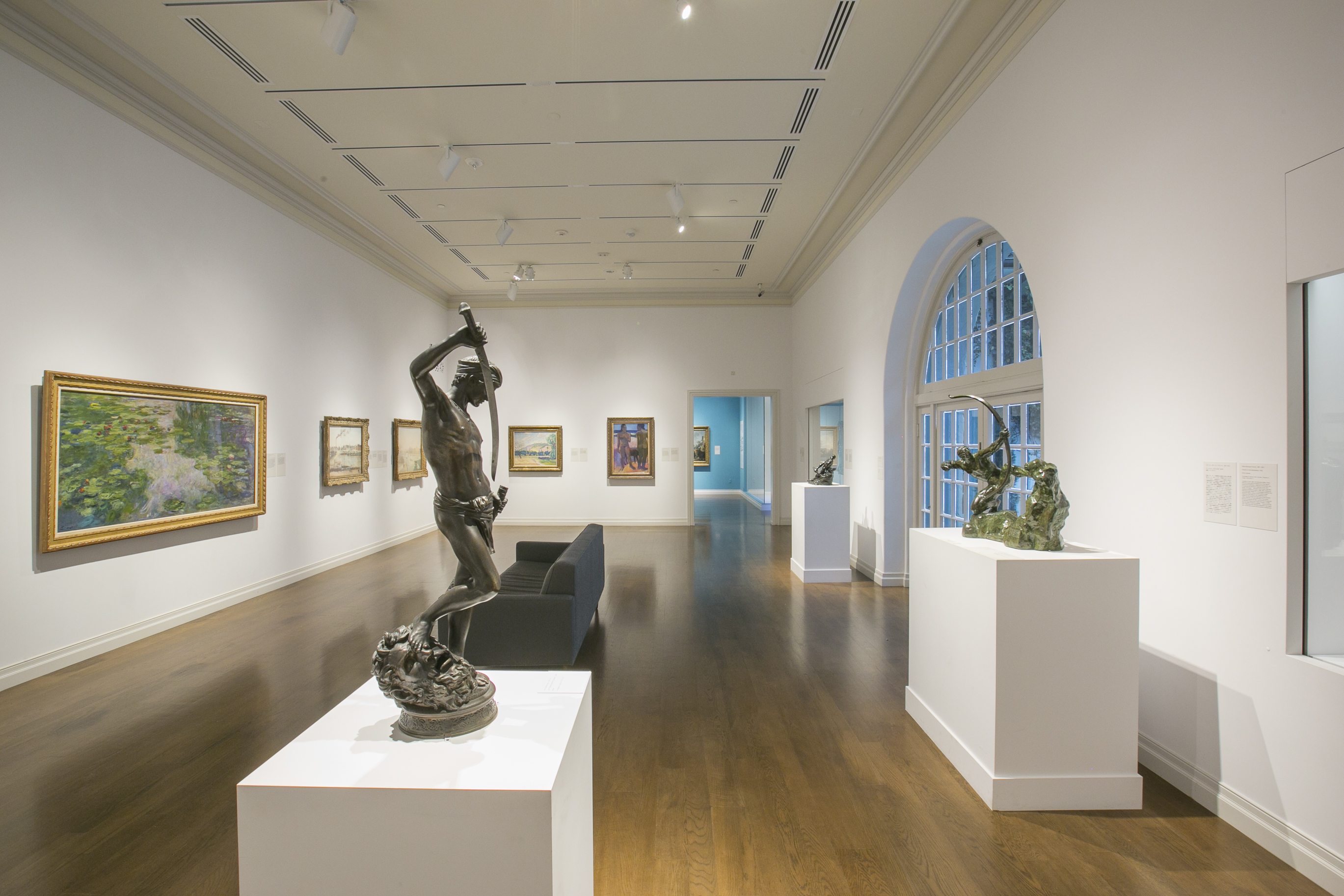|
Chinese Fine Art
Much traditional Chinese art was made for the imperial court, often to be then redistributed as gifts. As well as Chinese painting, sculpture and Chinese calligraphy, there are a great range of what may be called decorative or applied arts. Chinese fine art is distinguished from Chinese folk art, which differs in its style and purpose. This article gives an overview of the many different applied arts of China. Calligraphy The Chinese imperial court collected calligraphy pieces from the most skilled calligraphers in the country. The collection contains many masterpieces made by well-known calligraphers throughout Chinese art history. Furthermore, because of calligraphy's high artistic value, calligraphy collecting was popular among several Chinese emperors in multiple dynasties. File:Ouyang Xun Bu Shang Tie.jpg, ''Bu Shang Tie'' by Ouyang Xun, Palace Museum, Beijing File:Crossing the Frozen River.jpg, ''Crossing the Frozen River'', a poem in running script by Kangxi Emperor ... [...More Info...] [...Related Items...] OR: [Wikipedia] [Google] [Baidu] |
Liang Wudi
Emperor Wu of Liang () (464 – 12 June 549), personal name Xiao Yan (蕭衍), courtesy name Shuda (叔達), childhood name Lian'er (練兒), was the founding emperor of the Chinese Liang dynasty, during the Northern and Southern dynasties period. His reign, until its end, was one of the most stable and prosperous among the Southern dynasties. He came from the same Xiao clan of Lanling (蘭陵蕭氏) that ruled the preceding Southern Qi dynasty, but from a different branch. Emperor Wu established universities and extended the Confucian civil service exams, demanding that sons of nobles (士族) study. He was well read himself and wrote poetry and patronized the arts. Although for governmental affairs he was Confucian in values, he embraced Buddhism as well. He himself was attracted to many Indian traditions. He banned the sacrifice of animals and was against execution. It was said that he received the Buddhist precepts during his reign, earning him the nickname ''The Bodhisattva ... [...More Info...] [...Related Items...] OR: [Wikipedia] [Google] [Baidu] |
Chinese Ceramics
Chinese ceramics are one of the most significant forms of Chinese art and ceramics globally. They range from construction materials such as bricks and tiles, to hand-built pottery vessels fired in bonfires or kilns, to the sophisticated Chinese porcelain wares made for the imperial court and for export. The oldest known pottery in the world was made during the List of Paleolithic sites in China, Paleolithic at Xianrendong Cave, Jiangxi Province, China. Chinese ceramics show a continuous development since Chinese Neolithic, pre-dynastic times. Porcelain was a Chinese invention and is so identified with China that it is still called "china" in everyday English usage. Most later Chinese ceramics, even of the finest quality, were made on an industrial scale, thus few names of individual potters were recorded. Many of the most important kiln workshops were owned by or reserved for the emperor, and large quantities of Chinese export porcelain were exported as diplomatic gifts or for ... [...More Info...] [...Related Items...] OR: [Wikipedia] [Google] [Baidu] |
Edinburgh
Edinburgh is the capital city of Scotland and one of its 32 Council areas of Scotland, council areas. The city is located in southeast Scotland and is bounded to the north by the Firth of Forth and to the south by the Pentland Hills. Edinburgh had a population of in , making it the List of towns and cities in Scotland by population, second-most populous city in Scotland and the List of cities in the United Kingdom, seventh-most populous in the United Kingdom. The Functional urban area, wider metropolitan area had a population of 912,490 in the same year. Recognised as the capital of Scotland since at least the 15th century, Edinburgh is the seat of the Scottish Government, the Scottish Parliament, the Courts of Scotland, highest courts in Scotland, and the Palace of Holyroodhouse, the official residence of the Monarchy of the United Kingdom, British monarch in Scotland. It is also the annual venue of the General Assembly of the Church of Scotland. The city has long been a cent ... [...More Info...] [...Related Items...] OR: [Wikipedia] [Google] [Baidu] |
Royal Museum
The National Museum of Scotland in Edinburgh, Scotland, is a museum of Scottish history and culture. It was formed in 2006 with the merger of the new Museum of Scotland, with collections relating to Scottish antiquities, culture and history, and the adjacent Royal Scottish Museum (opened in 1866 as the Edinburgh Museum of Science and Art, renamed in 1904, and for the period between 1985 and the merger named the Royal Museum of Scotland or simply the Royal Museum), with international collections covering science and technology, natural history, and world cultures. The two connected buildings stand beside each other on Chambers Street, by the junction with the George IV Bridge, in central Edinburgh. The museum is part of National Museums Scotland and admission is free. The two buildings retain distinctive characters: the Museum of Scotland is housed in a modern building opened in 1998, while the former Royal Museum building was begun in 1861 and partially opened in 1866, with ... [...More Info...] [...Related Items...] OR: [Wikipedia] [Google] [Baidu] |
Honolulu Museum Of Art
The Honolulu Museum of Art (formerly the Honolulu Academy of Arts) is an art museum in Honolulu, Hawaii, Hawaii. The museum is the largest of its kind in the state, and was founded in 1922 by Anna Rice Cooke. It has one of the largest single collections of Asian and Pan-Pacific art in the United States, and since its official opening on April 8, 1927, its collections have grown to more than 55,000 works of art. Description The Honolulu Museum of Art was called "the finest small museum in the United States" by J. Carter Brown, director of the National Gallery of Art from 1969 to 1992. In addition to an internationally renowned permanent collection, the museum houses innovative exhibitions, an art school, an independent art house theatre, a café, and a museum shop. In 2011, Honolulu Museum of Art Spalding House, The Contemporary Museum gifted its assets and collection to the Honolulu Academy of Arts; in 2012, the combined museum changed its name to the Honolulu Museum of Art. Th ... [...More Info...] [...Related Items...] OR: [Wikipedia] [Google] [Baidu] |
London
London is the Capital city, capital and List of urban areas in the United Kingdom, largest city of both England and the United Kingdom, with a population of in . London metropolitan area, Its wider metropolitan area is the largest in Western Europe, with a population of 14.9 million. London stands on the River Thames in southeast England, at the head of a tidal estuary down to the North Sea, and has been a major settlement for nearly 2,000 years. Its ancient core and financial centre, the City of London, was founded by the Roman Empire, Romans as Londinium and has retained its medieval boundaries. The City of Westminster, to the west of the City of London, has been the centuries-long host of Government of the United Kingdom, the national government and Parliament of the United Kingdom, parliament. London grew rapidly 19th-century London, in the 19th century, becoming the world's List of largest cities throughout history, largest city at the time. Since the 19th cen ... [...More Info...] [...Related Items...] OR: [Wikipedia] [Google] [Baidu] |
British Museum
The British Museum is a Museum, public museum dedicated to human history, art and culture located in the Bloomsbury area of London. Its permanent collection of eight million works is the largest in the world. It documents the story of human culture from its beginnings to the present.Among the national museums in London, sculpture and decorative art, decorative and applied art are in the Victoria and Albert Museum; the British Museum houses earlier art, non-Western art, prints and drawings. The National Gallery holds the national collection of Western European art to about 1900, while art of the 20th century on is at Tate Modern. Tate Britain holds British Art from 1500 onwards. Books, manuscripts and many works on paper are in the British Library. There are significant overlaps between the coverage of the various collections. Established in 1753, the British Museum was the first public national museum. In 2023, the museum received 5,820,860 visitors, 42% more than the previous y ... [...More Info...] [...Related Items...] OR: [Wikipedia] [Google] [Baidu] |
Yuan Dynasty
The Yuan dynasty ( ; zh, c=元朝, p=Yuáncháo), officially the Great Yuan (; Mongolian language, Mongolian: , , literally 'Great Yuan State'), was a Mongol-led imperial dynasty of China and a successor state to the Mongol Empire after Division of the Mongol Empire, its division. It was established by Kublai (Emperor Shizu or Setsen Khan), the fifth khagan-emperor of the Mongol Empire from the Borjigin clan, and lasted from 1271 to 1368. In Chinese history, the Yuan dynasty followed the Song dynasty and preceded the Ming dynasty. Although Genghis Khan's enthronement as Khagan in 1206 was described in Chinese language, Chinese as the Han Chinese, Han-style title of Emperor of China, Emperor and the Mongol Empire had ruled territories including modern-day northern China for decades, it was not until 1271 that Kublai Khan officially proclaimed the dynasty in the traditional Han style, and the conquest was not complete until 1279 when the Southern Song dynasty was defeated in t ... [...More Info...] [...Related Items...] OR: [Wikipedia] [Google] [Baidu] |
Jiajing Emperor
The Jiajing Emperor (16September 150723January 1567), also known by his temple name as the Emperor Shizong of Ming, personal name Zhu Houcong, art name, art names Yaozhai, Leixuan, and Tianchi Diaosou, was the 12th List of emperors of the Ming dynasty, emperor of the Ming dynasty, reigning from 1521 to 1567. He succeeded his cousin, the Zhengde Emperor. The Jiajing Emperor was born as a cousin of the reigning Zhengde Emperor, so his accession to the throne was unexpected, but when the Zhengde Emperor died without an heir, the government, led by Senior Grand Secretary Yang Tinghe and Empress Zhang (Hongzhi), Empress Dowager Zhang, chose him as the new ruler. After his enthronement, a dispute arose between the emperor and his officials regarding the method of legalizing his accession. This conflict, known as the Great Rites Controversy, was a significant political issue at the beginning of his reign. After three years, the emperor emerged victorious, with his main opponents eithe ... [...More Info...] [...Related Items...] OR: [Wikipedia] [Google] [Baidu] |
Musée Guimet
The Guimet Museum (full name in ; ''MNAAG''; ) is a Parisian art museum with one of the largest collections of Asian art outside of Asia that includes items from Cambodia, Thailand, Viet Nam, Tibet, India, and Nepal, among other countries. Founded in the late 19th century, it is located in the 16th arrondissement of Paris, France, at 6, place d'Iéna. Its name literally translated into English is the ''National Museum of Asian Arts-Guimet'', or ''Guimet National Museum of Asian Arts''. History Founded by Émile Étienne Guimet, an industrialist, the museum first opened at Lyon in 1879 but was later transferred to Paris, opening in the place d'Iéna in 1889. Devoted to travel, Guimet was in 1876 commissioned by the minister of public instruction to study the religions of the Far East, and the museum contains many of the fruits of this expedition, including a fine collection of Chinese and Japanese porcelain and objects relating not merely to the religions of the East, but al ... [...More Info...] [...Related Items...] OR: [Wikipedia] [Google] [Baidu] |
Tang Dynasty
The Tang dynasty (, ; zh, c=唐朝), or the Tang Empire, was an Dynasties of China, imperial dynasty of China that ruled from 618 to 907, with an Wu Zhou, interregnum between 690 and 705. It was preceded by the Sui dynasty and followed by the Five Dynasties and Ten Kingdoms period. Historians generally regard the Tang as a high point in Chinese civilisation, and a Golden age (metaphor), golden age of cosmopolitan culture. Tang territory, acquired through the military campaigns of its early rulers, rivalled that of the Han dynasty. The House of Li, Li family founded the dynasty after taking advantage of a period of Sui decline and precipitating their final collapse, in turn inaugurating a period of progress and stability in the first half of the dynasty's rule. The dynasty was formally interrupted during 690–705 when Empress Wu Zetian seized the throne, proclaiming the Wu Zhou dynasty and becoming the only legitimate Chinese empress regnant. The An Lushan rebellion (755 ... [...More Info...] [...Related Items...] OR: [Wikipedia] [Google] [Baidu] |
Shanghai Museum
The Shanghai Museum is a municipal public museum of ancient Chinese art, situated on the People's Square in the Huangpu District, Shanghai, Huangpu District of Shanghai, China. It is funded by thShanghai Municipal Culture and Tourism Bureau Rebuilt at its current location in 1996, it is famous for its large collection of rare cultural pieces. History The museum was founded in 1952 and was first open to the public in the former Shanghai Racecourse club house, now at 325 West Nanjing Road. The founding collections came principally from three sources: a batch of artifacts gathered by the Communist 3rd Field Army during the civil war from accidental finds and confiscations of private property and brought to Shanghai upon the Communists' conquest of the city; artifacts confiscated by the customs service; items sold by private collectors due to political pressure during political purges and purchased by the government. The former Shanghai Municipal Museum was also merged into the new ... [...More Info...] [...Related Items...] OR: [Wikipedia] [Google] [Baidu] |












